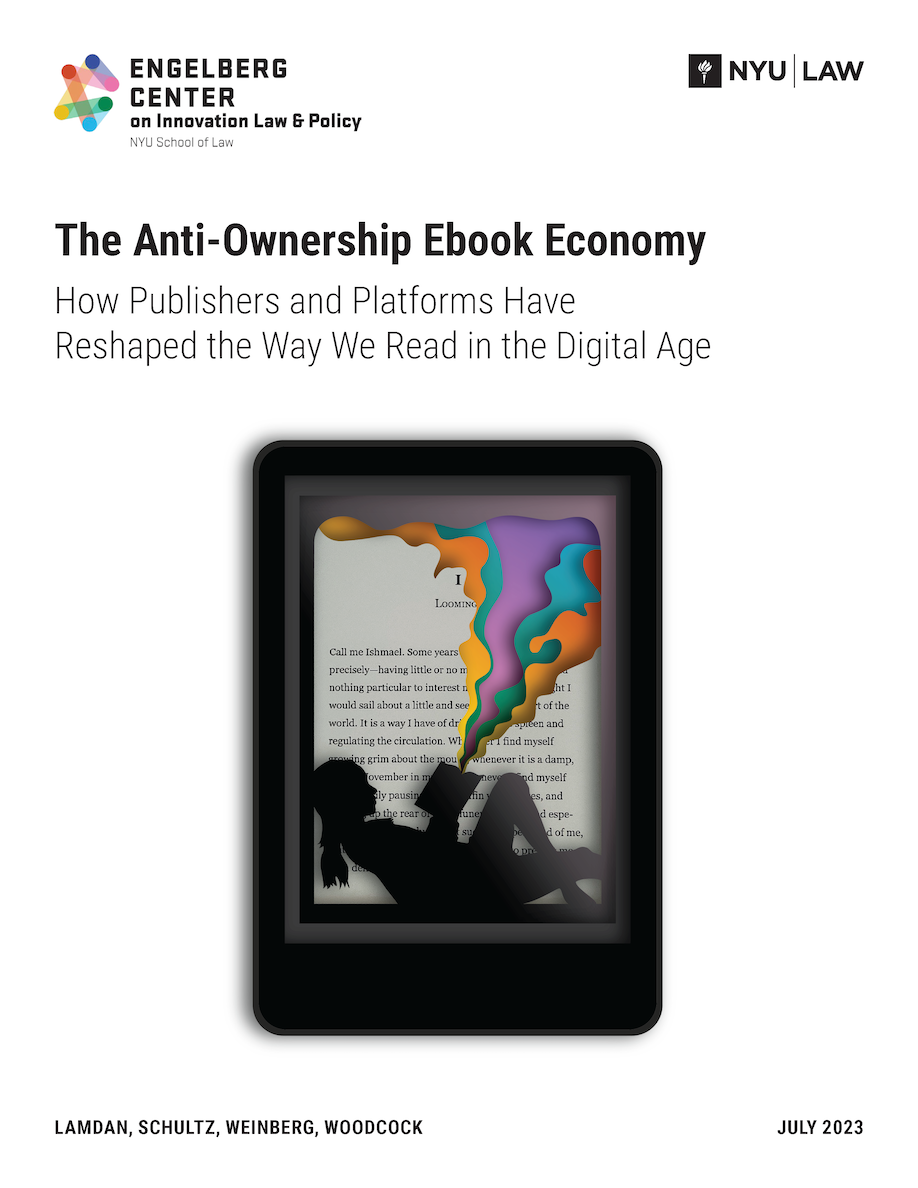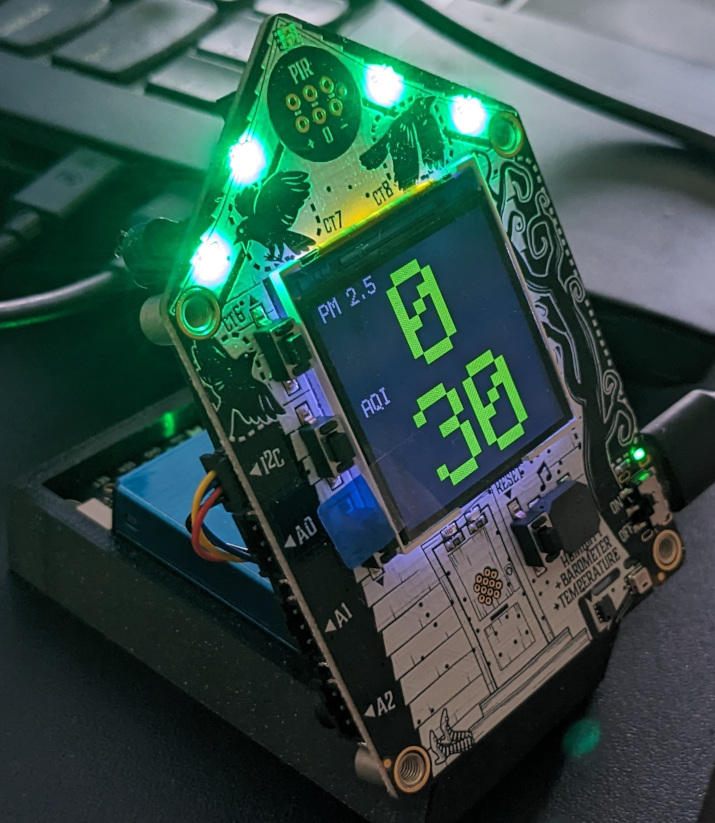Earlier this summer the Engelberg Center released a new study on ebook ownership. The study was motivated by a superficially simple question: “why can’t you own an ebook?”.
Read More...AQI Sensor
The air quality in NYC has been . . . not great this summer. This presents and opportunity. Why settle for knowing that the air is not great in the city when you can know how not-great it is in your very own home?
Read More...More on the Shifting State of Open Source Hardware
Earlier this week PT over at Adafruit published an interesting post on the evolving relationship between some of the larger open source hardware companies and open source itself. The post catalogs various ways in which three marquee open source hardware companies - Arduino, Sparkfun, and Prusa - have explored non-open strategies for various parts of their offerings.
Read More...Keep 3D Printers Unlocked (2023)
Update 10/2024: The Copyright Office granted the exemption request! A bit more info in this post.
Read More...A(nother) Reply to Josef Průša
Last week Josef Průša, the eponymous proprietor of the important open source hardware company Prusa Research, shared a post about the state of open source in 3D printing.
Read More...



